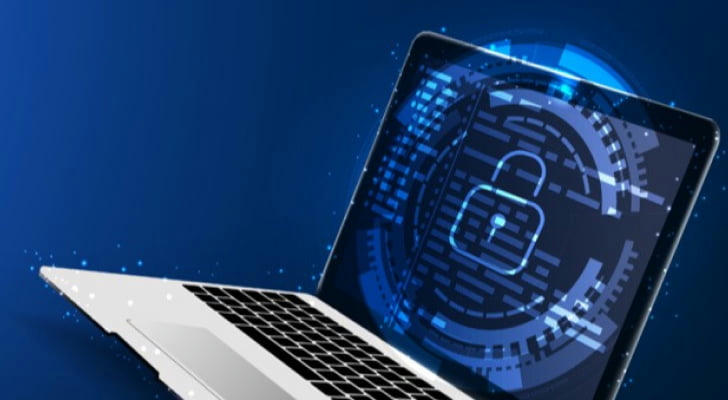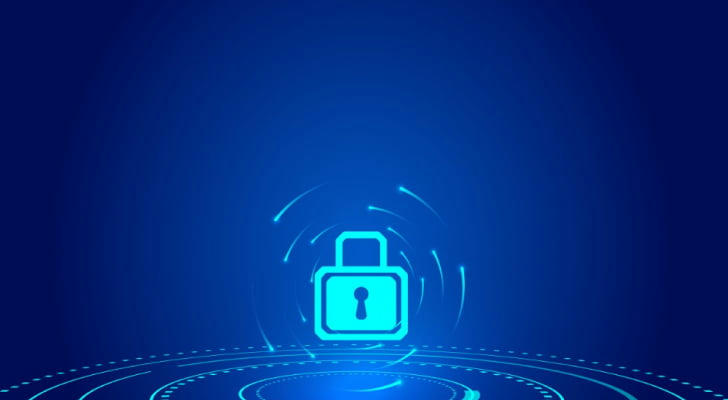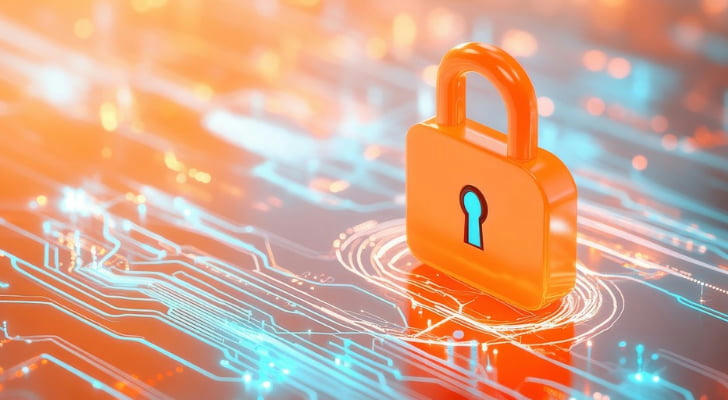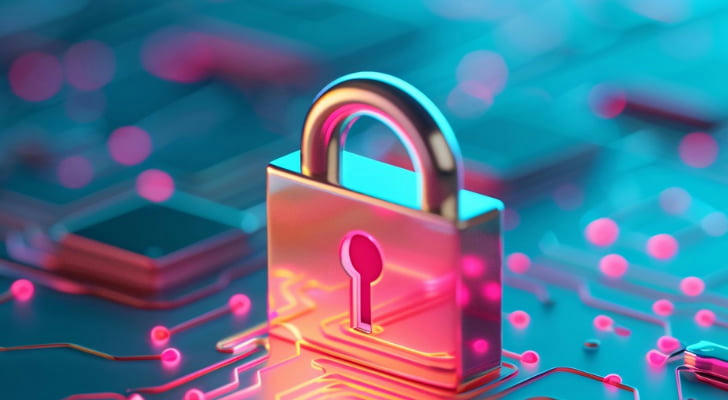Cybersecurity 101: How to Stay Safe Online 🔐🌐

In today’s digital world, the internet has become an essential part of our lives. Whether it’s shopping, banking, socializing, or even working, we’re constantly connected. But with all these benefits come risks—cybercriminals are always on the lookout for ways to steal personal information, commit fraud, or cause harm. That’s where cybersecurity comes in! Let’s break down the basics of staying safe online and make sure you’re protected.
What is Cybersecurity? 🔍
Cybersecurity is the practice of protecting your computer, network, and personal information from online threats like hackers, viruses, and phishing attacks. It involves using a combination of tools, strategies, and best practices to keep your data secure while you navigate the digital world.
Think of cybersecurity as a digital shield that defends you from online dangers. Just like you lock your door to keep intruders out, cybersecurity helps keep your online presence safe.
Why Is Cybersecurity Important? 🔐
With the rise of smart devices, social media, and online transactions, we’re all exposed to digital risks. Cybercriminals use various methods to gain unauthorized access to your sensitive information, such as credit card numbers, passwords, and personal identity details.
Did you know that in 2020, there were over 300,000 cases of identity theft in the U.S. alone? As we spend more time online, the risk of being targeted increases, making cybersecurity crucial for everyone, from individuals to large businesses.
Common Cybersecurity Threats You Should Know About ⚠️
1. Phishing Scams 📧
Phishing is when cybercriminals pretend to be trustworthy organizations (like your bank or social media platform) to trick you into revealing personal information. They often do this through fake emails, text messages, or websites that look legitimate but are designed to steal your data.
Example: You might receive an email that looks like it's from your bank asking you to verify your account information by clicking on a link. Don’t fall for it—always double-check the sender’s email and the URL of any website you visit.
2. Malware 🦠
Malware is malicious software that can infect your computer or device, steal your data, or cause damage. It can be downloaded when you click on an infected link, open an attachment, or download untrusted apps.
Tip: Always install software updates—they often contain security patches that help protect against malware attacks.

3. Ransomware 💻💰
Ransomware is a type of malware that locks you out of your computer or encrypts your files, and then demands a ransom for their release. This can be devastating if you don’t have backups of your important files.
Example: A hacker might infect your device, encrypt your documents, and ask you to pay in cryptocurrency to regain access.
Top Tips to Protect Yourself Online 🛡️
Now that we know the risks, let’s talk about how to stay safe. Follow these essential tips to protect your personal data from online threats.
1. Use Strong, Unique Passwords 🔑
Weak passwords are one of the easiest ways for cybercriminals to gain access to your accounts. Instead of using easily guessable passwords like “123456” or “password,” create strong, unique passwords for each of your accounts.
Tip: A good password should be at least 12 characters long and include a mix of letters, numbers, and special characters.
Password Manager: To make managing all your passwords easier, consider using a password manager. These tools securely store and generate strong passwords, so you don’t have to remember them all.
2. Enable Two-Factor Authentication (2FA) 🔒
Two-factor authentication adds an extra layer of security to your accounts. Even if someone manages to get your password, they won’t be able to log in without the second piece of information—like a text message code or an authentication app.
Example: If you log in to your email, you’ll be asked to enter a verification code sent to your phone or an app like Google Authenticator.
3. Keep Your Software Up to Date 🆙
Whether it’s your operating system, browser, or apps, software updates often include security patches that protect against newly discovered vulnerabilities. Make sure your devices automatically update their software or check for updates regularly.
4. Beware of Public Wi-Fi Networks 🌐
Public Wi-Fi networks, like those in cafes or airports, are convenient but often unsecured. Cybercriminals can intercept the data you send over these networks, including sensitive information like passwords and credit card numbers.
Tip: Avoid accessing sensitive accounts or making purchases over public Wi-Fi. If you absolutely must, use a VPN (Virtual Private Network) to encrypt your connection and protect your data.
5. Be Cautious of What You Share Online 👀
In the age of social media, it’s tempting to share everything about your life. However, posting personal details like your birthdate, location, or vacation plans can make you a target for identity theft or physical break-ins.
Tip: Be mindful of what you share on social platforms and limit access to your personal information. Privacy settings are your friend—use them!

Understanding Common Cybersecurity Tools 🛠️
There are several tools you can use to enhance your online security. Here’s a breakdown of the most common ones:
1. Antivirus Software 🦠
Antivirus software helps detect, block, and remove malware from your device. It scans your computer for threats, ensures your files are safe, and helps prevent viruses from spreading.
Popular Options: Norton, McAfee, and Bitdefender are some well-known antivirus programs.
2. Virtual Private Network (VPN) 🌐
A VPN creates a secure, encrypted connection between your device and the internet. This masks your IP address and makes it harder for hackers to track your activity or intercept your data.
When to Use a VPN: Always use a VPN when connecting to public Wi-Fi networks or when you need to access websites that are restricted in your country.
3. Firewalls 🔥
A firewall acts as a barrier between your device and the internet, blocking suspicious activity and preventing unauthorized access. Firewalls can be hardware-based or software-based.
Tip: Most modern operating systems come with a built-in firewall, so make sure it’s activated!
What to Do If You’re Hacked 😱
Despite taking precautions, sometimes cybercriminals still manage to infiltrate your device or accounts. If this happens, here’s what you should do:
1. Change Your Passwords Immediately 🛑
If you suspect your account has been hacked, change your password right away. Make sure you use a new, strong password and enable two-factor authentication for added protection.
2. Run an Antivirus Scan 🧑💻
Run a full system scan with your antivirus software to check for malware or other threats. Follow the software’s instructions to remove any malicious files.
3. Contact Relevant Authorities 📞
If sensitive information like your bank details or Social Security number has been stolen, report it immediately. Contact your bank, credit card company, or relevant authorities (e.g., the FTC or Identity Theft Resource Center) for assistance.

Conclusion: Stay Vigilant, Stay Safe! 👮♂️
Cybersecurity is a continuous process, and the threats are always evolving. However, by following basic best practices like using strong passwords, enabling two-factor authentication, and being cautious about what you share online, you can drastically reduce your risk of falling victim to cybercrime.
Remember: staying safe online is about making smart decisions and being aware of the dangers lurking in the digital world. So, next time you surf the web, do it with confidence and know that you’re protecting yourself and your personal information.
Stay safe, stay informed, and protect your digital life! 💻🔐
